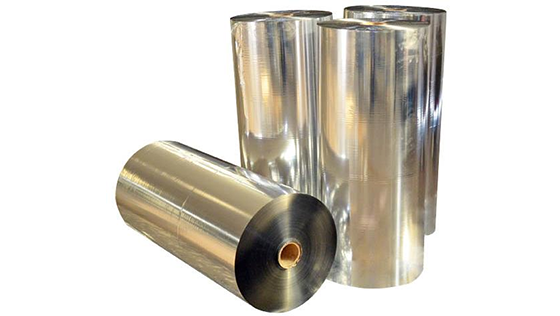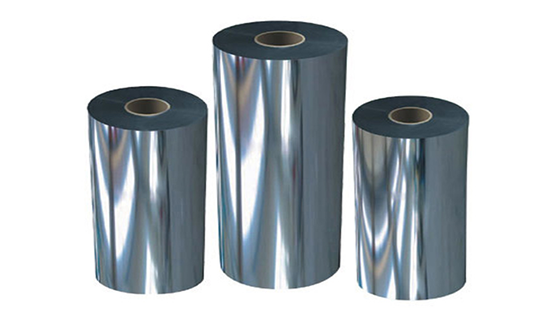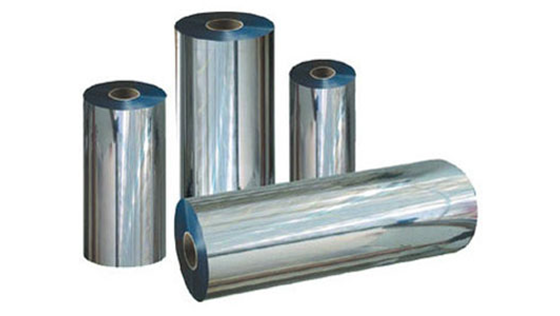Polyethylene terephthalate (PET, PETE or PETP or PET-P) is a thermoplastic, polyester resin and is used in synthetic fibers, plastic beverage containers, plastic containers, food containers and liquid types; can be injection molding to shape; and in industry often associated with fiberglass. PET is one of the materials used in the manufacture of handmade yarns.

The properties of PET
One of the important characteristics of PET is its viscosity.
The viscosity of the substance is decilit / gram (dl / g) depending on the length of the polymer circuit. The longer the length of the polymer, the higher the solids, the higher the viscosity. The length of a polymer can be adjusted through polymerization.
Viscosity of some forms:
– 0.6 dl / g: fiber;
– 0.65 dl / g: thin film;
– 0.76-0.84 dl / g: bottle;
– 0.85 dl / g: rope form.
PET has the ability to absorb moisture. When wet, during the PET processing, hydrolysis takes place at the contact surface between water and PET, which reduces the molecular weight of PET (or viscosity) and its mechanical properties. . So before plastic is processed, the moisture must be removed from the plastic. This can be achieved by using a desiccant or drying agent prior to commissioning.









